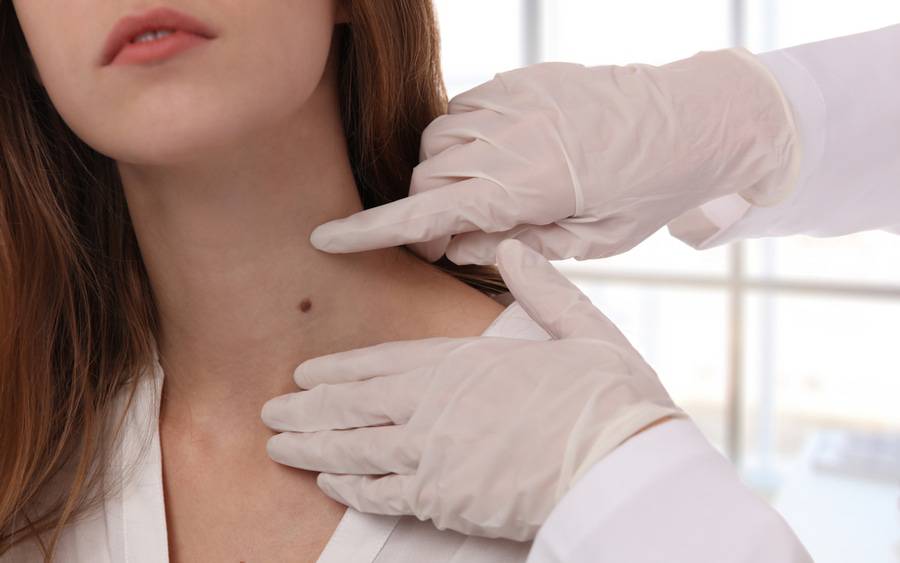
For the most part, moles are just cell growths that can be black or flesh-colored. Moles do not harm oneself; however, if it constantly gets in contact or rubs against other surfaces like clothes, it can cause some discomfort due to the friction. When moles change color, it is highly advised to get them checked by a dermatologist to be safe.
In whichever case, removal of the mole is possible. The removal of a mole varies from using various home remedies like banana peels, aloe vera, apple cider vinegar or basic vinegar, baking soda, tea tree oil, and other substances to just getting it off with a pair of scissors or razor blade.
Though inexpensive, most 'claimed remedies' are not guaranteed to work, while others can be dangerous. If not treated by a medical professional, it can potentially lead to long-term scarring too. Consultation from Dr. William Long in New York can help analyze your mole situation and accordingly prescribe the method to get rid of it.
Pharmacies and local drug stores may provide an over-the-counter mole removal cream. The application of this ointment would require cutting the top part of the mole, and on the application within a day, a scab will form.
When this scab falls off, so does the mole. A few studies conducted on these mole creams found online and in drug stores found that, in many cases, a thick scar was left behind after using the cream or ointment.
Hence to eliminate any risk associated with home remedies for mole removal, contact a dermatologist. The dermatologist may carry out any of the following procedures to help get rid of this pigmented cell growth:
- Surgical Excision: In surgical excision, the doctor will apply an anesthetic on the area and cut the mole out using a scalpel or surgical scissors. At times the mole might grow from under the skin and require a deeper cut to get rid of it. Stitches may be needed in case of a deep incision.
- Freezing: In freezing, the doctor will numb the area and use liquid nitrogen to zap the mole causing it to blister. It will eventually heal on its own.
- Burning: Burning involves the use of electric current-induced heat to remove the mole. A wire is heated, and upon numbing the mole, it is used to cut off the stem of the mole. This helps prevent any possible bleeds.
- Shave: If the mole is tiny, the doctor will numb the mole and use a blade to scrape the mole off; in this situation, stitches are not necessary, and the procedure is safe.






